- Introduction to the World of Dolls
- Exploring Different Types of Dolls
- History and Evolution of Dolls
- The Art of Collecting Dolls
- Understanding the Value of Dolls
- Tips for Starting Your Own Doll Collection
- Introduction to Doll Customizing
- Materials and Tools Needed for Doll Customizing
- Step-by-Step Guide to Customizing Your Own Doll
- Showcasing Famous Doll Customizers and Their Work
- Potential Challenges in Doll Customizing
Introduction to the World of Dolls
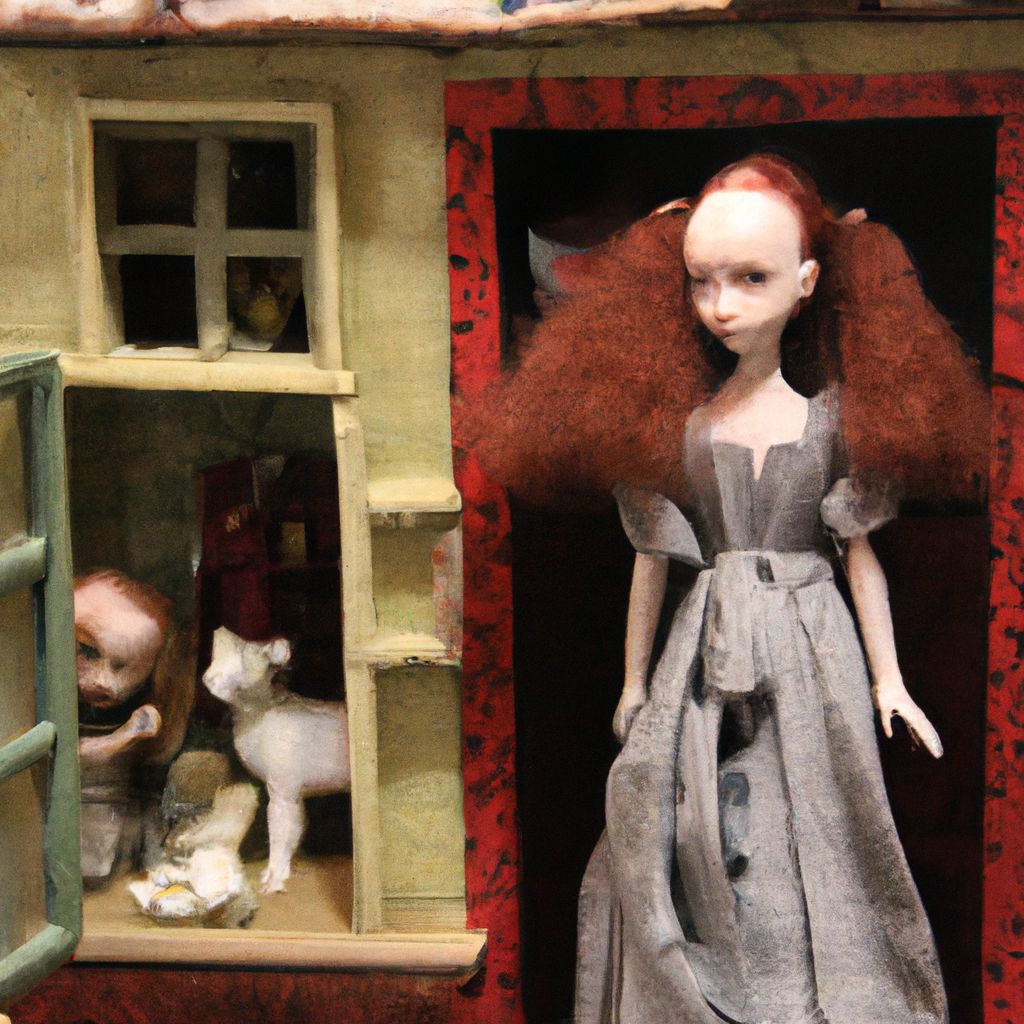
From the ancient terracotta dolls of Indus Valley civilization to the modern-day Barbie, dolls have been an integral part of human culture and history, and their appeal transcends generations. These miniature forms of human likeness are not just playthings for children but also have a significant place in the world of collectors and artists. The world of dolls is indeed fascinating, filled with a vast spectrum of styles, materials, and origins, each with its unique story and charm. In this blog post, we delve into the enchanting world of doll collecting and customizing, exploring the unique facets that make this hobby both enjoyable and rewarding.
Exploring Different Types of Dolls
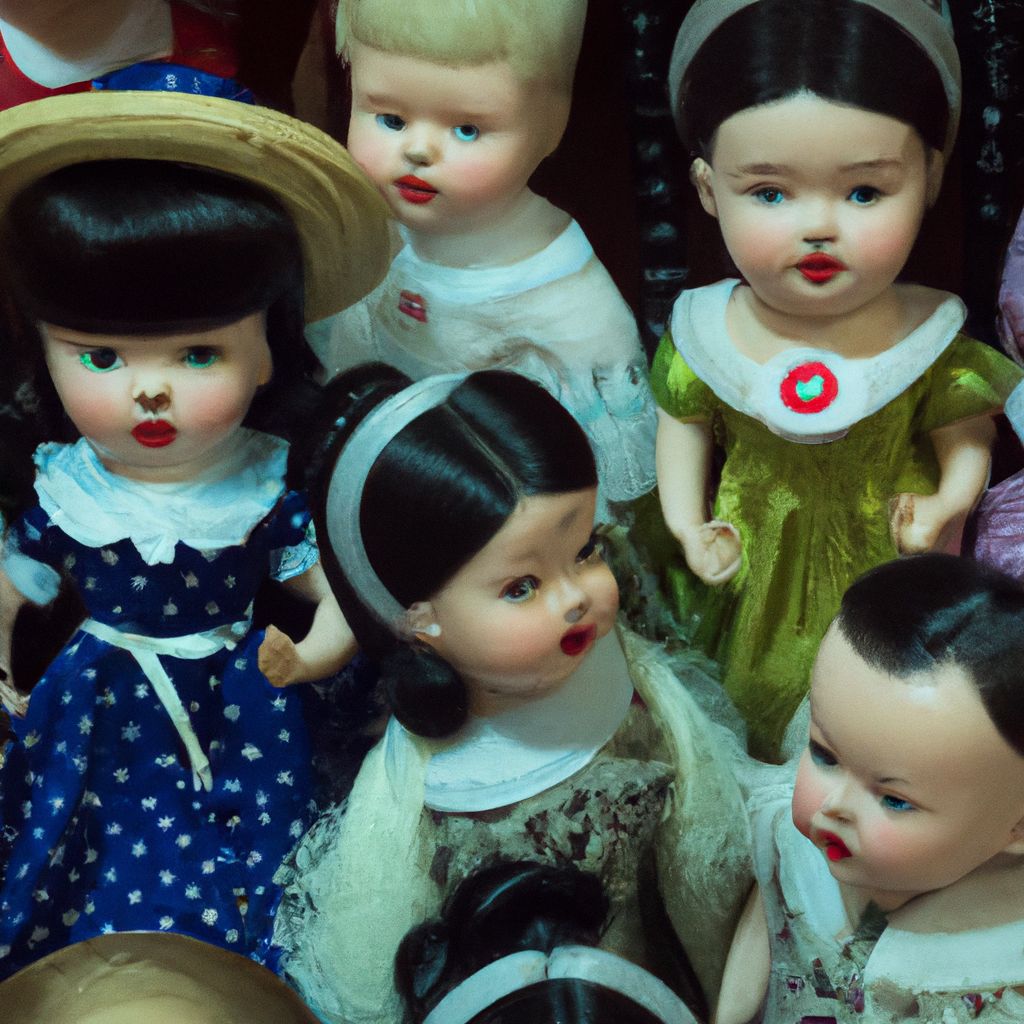
When it comes to doll varieties, the options are practically limitless. Dolls come in different shapes, sizes, designs, and materials, each type having its unique appeal and value. Here are some of the most popular types of dolls that collectors and artists often seek.
- Porcelain Dolls: Known for their delicate and intricate designs, porcelain dolls have been a collector's favorite for centuries. Their exquisite beauty and the craftsmanship involved in their creation make them highly desirable.
- Vinyl Dolls: These dolls are popular for their durability and realistic appearance. The most famous of these is undoubtedly the Barbie doll, with over a billion sold worldwide since its introduction in 1959.
- Bisque Dolls: Made from unglazed porcelain, bisque dolls are treasured for their realistic skin-like texture and detailed features.
- Wooden Dolls: Often hand-carved, wooden dolls are loved for their rustic charm and the unique character that the wood grain imparts.
- Fabric Dolls: These dolls are made from various types of fabrics and often stuffed with soft materials. They are known for their warmth and comfort.
It's important to note that the type of doll one chooses to collect or customize is often a matter of personal preference, influenced by factors such as aesthetic appeal, monetary value, historical significance, and sentimental attachment.
History and Evolution of Dolls
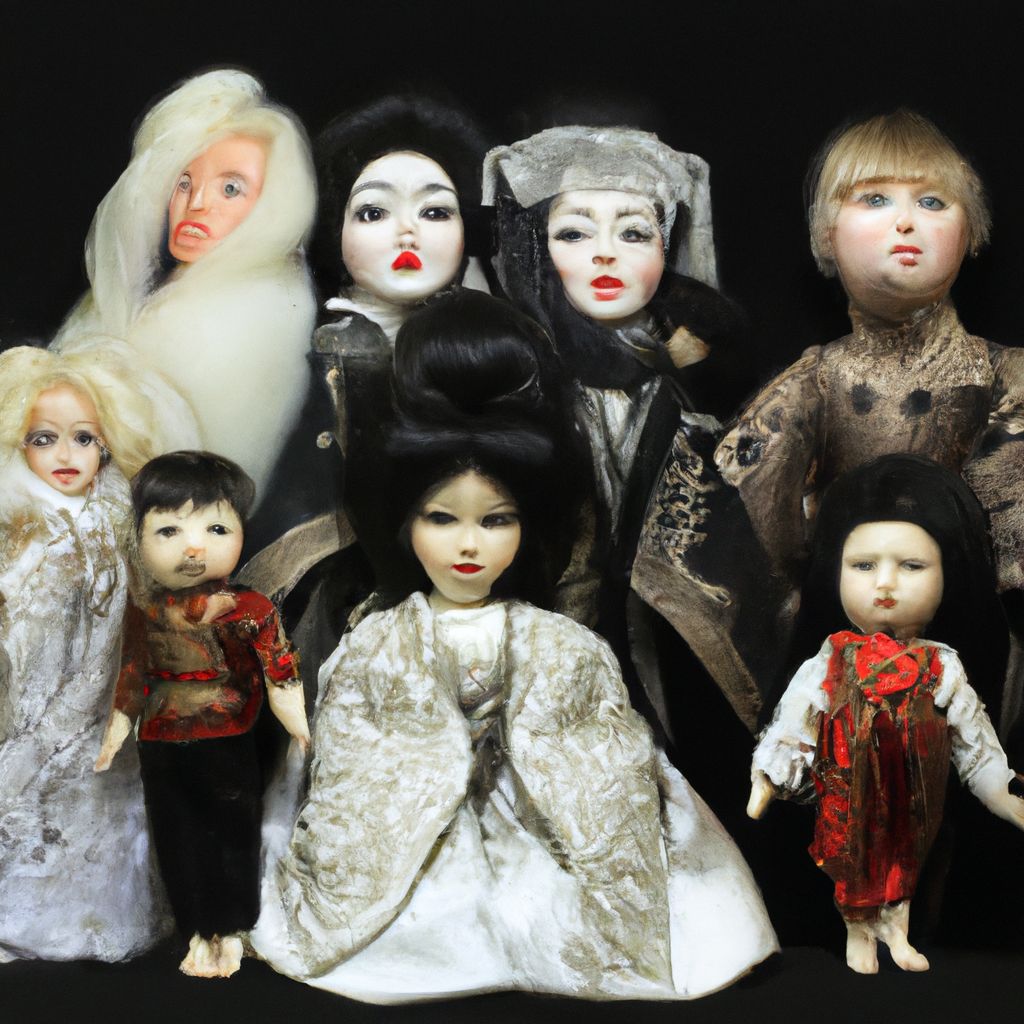
The history and evolution of dolls is a fascinating journey that reflects the broader changes in society, culture, and technology over time. From the earliest known dolls made of clay, wood, bone, and ivory to today's technologically advanced dolls, these objects have evolved significantly.
"The earliest known dolls were created over 4000 years ago, serving not only as playthings but also as important cultural and religious artifacts," explains Dr. Marianne Rasmussen, a doll historian and curator. "Over time, as societies advanced and technology improved, dolls evolved in materials, design, and purpose. Today, they continue to be a mirror of the times, reflecting contemporary styles, mores, and technological advancements."
Here's a brief look at the key milestones in the history and evolution of dolls:
- Ancient Times (2400 BC – 500 AD): The earliest dolls were made of available materials like clay, stone, wood, bone, and ivory. They served various purposes, including religious rituals, burial customs, and play.
- Medieval Period (500 AD – 1500 AD): Dolls made from cloth and wood were common. They were mainly used as playthings and teaching tools.
- Renaissance (1500 AD – 1700 AD): This period saw the advent of more detailed and realistic dolls. Materials like wax and porcelain began to be used.
- Industrial Revolution (1760 – 1840): The mass production of dolls began. Materials like papier-mâché, porcelain, and bisque were widely used.
- 20th Century: This period marked the birth of iconic dolls like Barbie. Technological advancements introduced materials like plastic and vinyl, making dolls more affordable and widely available.
- 21st Century: Today's dolls are incredibly diverse, ranging from traditional styles to high-tech models with interactive features.
The Art of Collecting Dolls
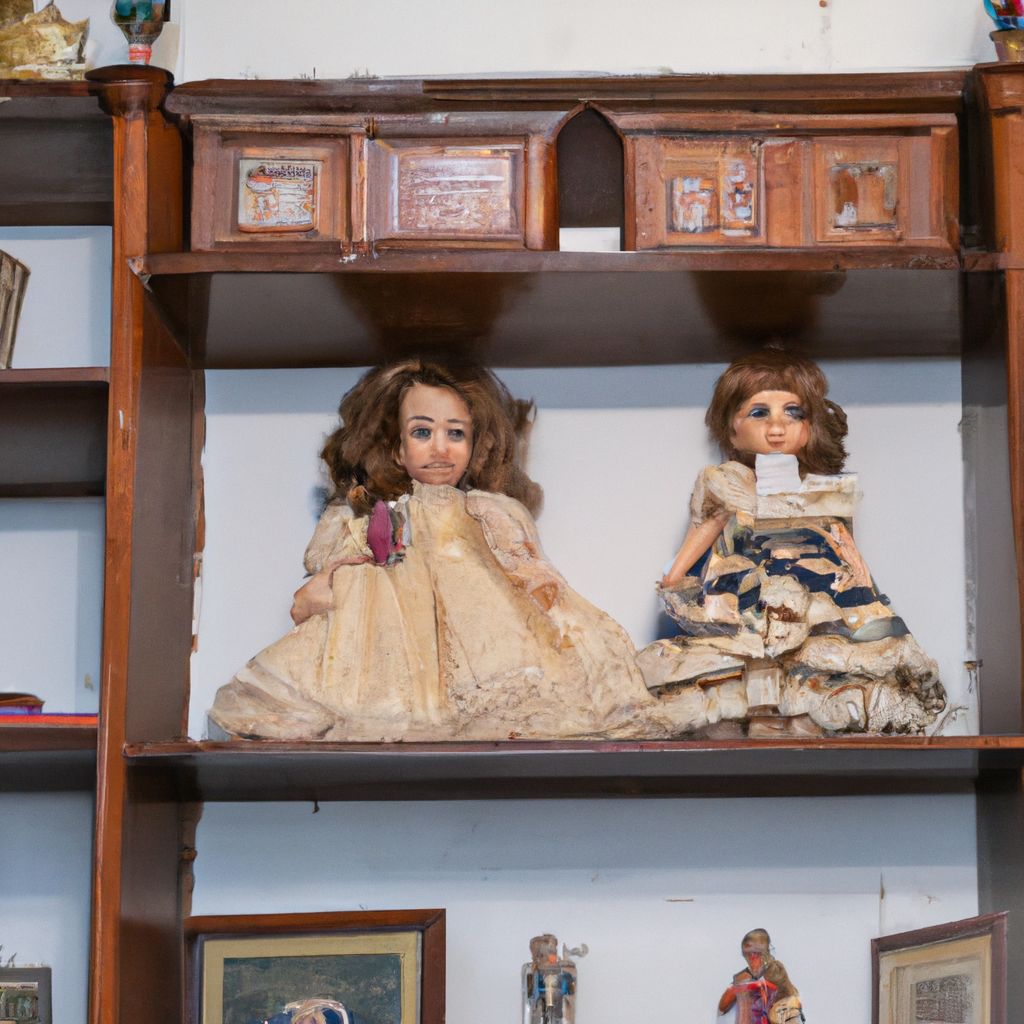
Collecting dolls is an art that requires passion, patience, knowledge, and a keen eye for detail. It's an enriching hobby that offers a sense of accomplishment, a way to connect with history and culture, and an opportunity to invest in items of lasting value. According to the United Federation of Doll Clubs (UFDC), there are over 30,000 registered doll collectors worldwide, and the number continues to grow.
"Collecting dolls is more than just acquiring objects. It's about appreciating the artistry, understanding the history, and experiencing the joy of discovery," says Patricia Smith, a renowned doll collector and author. "Each doll has a story to tell, and as collectors, we become the custodians of those stories."
Here are some tips for those interested in starting their doll collection:
- Research: Understand the history, types, and value of dolls. Books, online resources, doll clubs, and museums can be great sources of information.
- Choose Your Focus: Decide on what type of dolls you want to collect. It could be based on the material (like porcelain or bisque), era (like Victorian or mid-century), or brand (like Barbie or American Girl).
- Quality Over Quantity: It's better to have a few high-quality dolls than a large number of mediocre ones. Look for dolls in good condition, with original clothing and accessories if possible.
- Preservation: Learn how to properly store and care for your dolls to maintain their condition and value.
- Enjoy the Journey: Collecting should be a joy, not a chore. Enjoy the process of hunting for dolls, learning about them, and seeing your collection grow.
Understanding the Value of Dolls
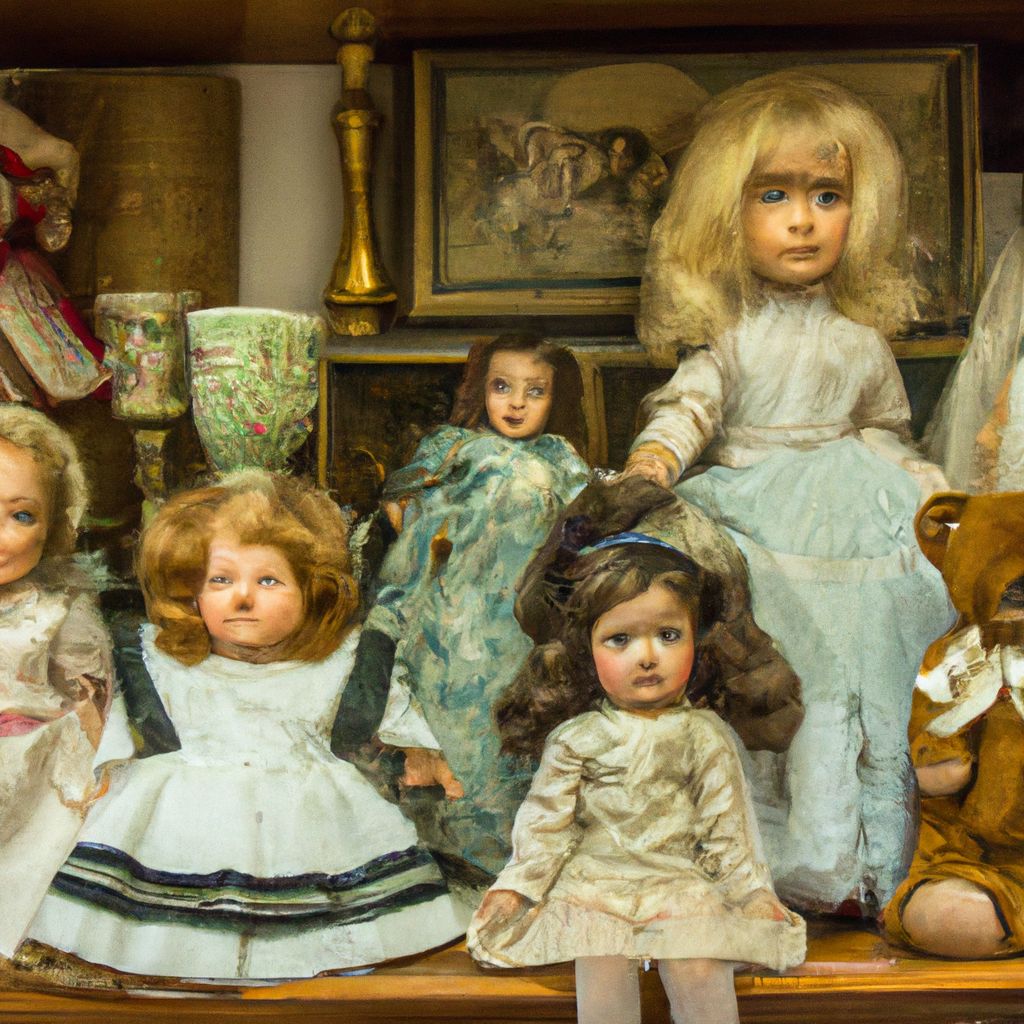
Understanding the value of dolls is a crucial aspect of collecting. The value of a doll can depend on numerous factors, including its age, rarity, condition, manufacturer, and historical significance. It's important to note that the monetary value of a doll doesn't necessarily reflect its emotional or sentimental value. While some dolls might fetch high prices at auctions, others might have a priceless emotional value to their owners.
"The value of a doll is not just about its price tag," asserts Linda Edward, a doll appraiser and author. "It's about the craftsmanship, the history, the rarity, and most importantly, the joy it brings to the owner."
For those interested in the monetary value of dolls, here are some factors to consider:
- Age: Older dolls, especially those from the 19th century and earlier, tend to have higher value due to their scarcity and historical significance.
- Condition: Dolls in excellent condition, with no missing parts or damage, are more valuable. Original clothing and accessories can also increase the value.
- Rarity: Limited edition dolls, dolls produced for a short period, or dolls with unique features are usually more sought after by collectors.
- Manufacturer: Dolls made by well-known manufacturers or artists often have a higher value.
- Historical Significance: Dolls that represent a specific era, event, or cultural trend can have a higher value.
For accurate valuation, it's recommended to consult with a professional doll appraiser or a reputable doll dealer.
Tips for Starting Your Own Doll Collection
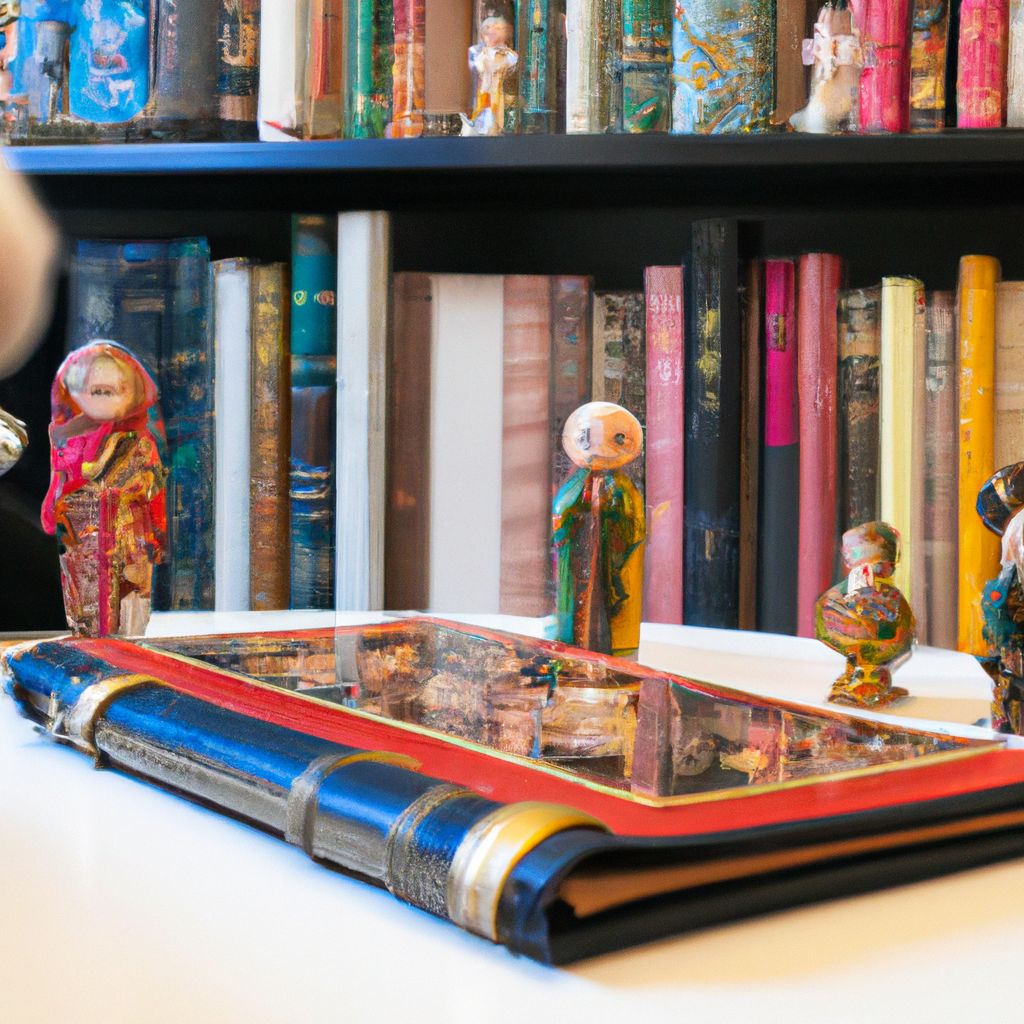
Starting your own doll collection can be an exciting journey filled with discovery, learning, and enjoyment. Whether you're drawn to the historical significance, artistic appeal, or simple nostalgia, collecting dolls can be a rewarding and fulfilling hobby. Here are some tips to help you embark on your doll collecting journey.
- Define Your Interest: Start by identifying what type of dolls you are drawn to. Are you fascinated by antique porcelain dolls, or do you prefer modern vinyl dolls like Barbie? Defining your interest can give your collection a clear focus and direction.
- Educate Yourself: Learn as much as you can about the type of dolls you're interested in. Read books, attend doll shows, join doll clubs, and visit doll museums. The more you know, the more informed your collecting decisions will be.
- Set a Budget: Collecting dolls can be an expensive hobby, especially if you're interested in rare or antique dolls. Set a realistic budget for your hobby and stick to it.
- Quality Over Quantity: It's better to have a few high-quality dolls than a large number of lesser quality ones. Look for dolls in good condition, preferably with original clothing and accessories.
- Preserve and Protect: Once you start acquiring dolls, learn how to properly care for them to preserve their condition and value. This may include proper cleaning, storage, and occasionally, restoration.
- Enjoy the Process: Remember, the joy of collecting dolls lies not just in the end result, but also in the process. Enjoy the thrill of the hunt, the satisfaction of learning, and the pleasure of seeing your collection grow.
Remember, collecting dolls is a personal journey. It's not about having the most dolls or the most expensive dolls. It's about finding joy, meaning, and personal satisfaction in your collection.
Introduction to Doll Customizing
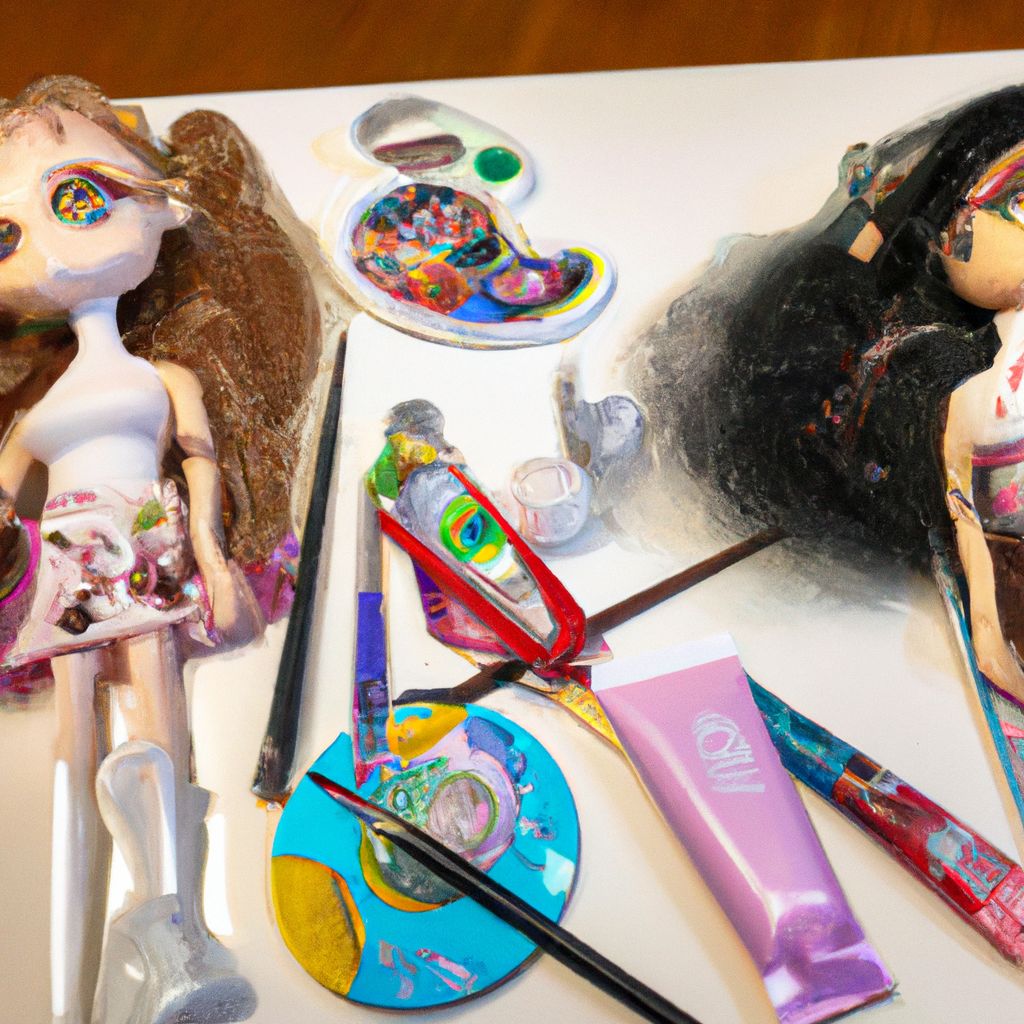
Doll customizing is a creative and engaging hobby that involves modifying and personalizing dolls to create unique, one-of-a-kind pieces. This art form has gained popularity in recent years, with a thriving community of doll artists and enthusiasts sharing their creations online. From simple modifications like changing the doll's outfit or hairstyle to more complex alterations like reshaping the face or body, doll customizing offers endless possibilities to express your creativity.
"Doll customizing is not just about modifying a doll, it's about storytelling, expressing individuality, and bringing imagination to life," says Elisa Marx, a professional doll artist. "Each customized doll is a unique piece of art that reflects the artist's vision and creativity."
Doll customizing can start with any doll, but the most commonly used are vinyl dolls due to their durability and ease of modification. The process can involve various techniques, including painting, sculpting, rerooting hair, and sewing clothes, among others. For beginners interested in this art form, it's advisable to start with simple projects and gradually take on more complex ones as your skills improve.
Materials and Tools Needed for Doll Customizing
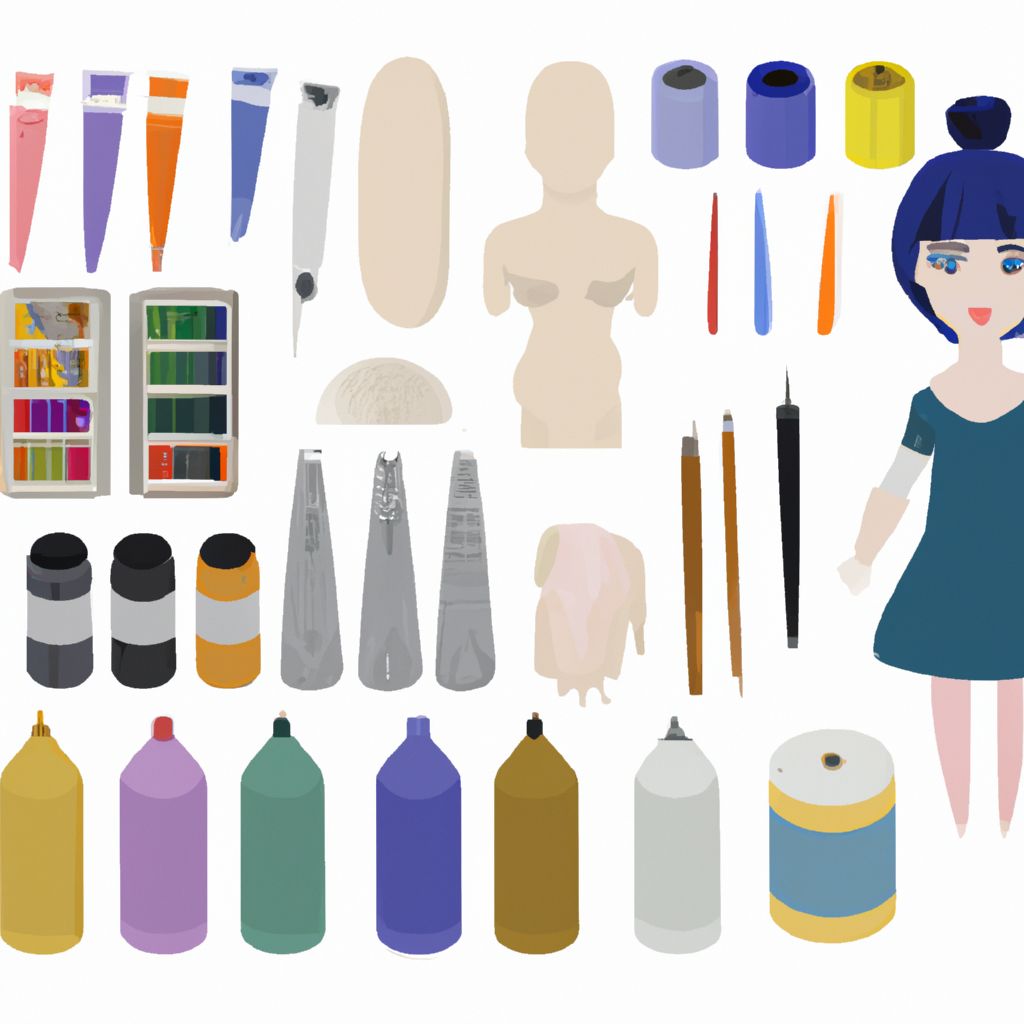
Doll customizing involves a range of techniques that require specific materials and tools. While the exact tools and materials you need may vary depending on the type of customization you're doing, here are some commonly used items in doll customizing.
- Dolls: You'll need a doll to customize. Vinyl dolls like Barbie or Monster High are popular choices due to their versatility and availability.
- Acrylic Paints: Acrylic paints are used to repaint the doll's face and body. They are preferred for their quick-drying nature and wide range of available colours.
- Sealant: A sealant is used to protect your paintwork and give the doll's face a more realistic texture.
- Brushes: You'll need a variety of brushes for different parts of the doll. Fine-tipped brushes are essential for detailed work like painting the eyes or lips.
- Replacement Hair: If you plan to reroot the doll's hair, you'll need replacement hair. This can be made from a variety of materials, including nylon, saran, or mohair.
- Sewing Materials: If you're creating custom clothing for your doll, you'll need sewing materials like fabric, thread, needles, and possibly a sewing machine.
- Sculpting Tools: For reshaping the doll's body or face, you'll need sculpting tools. These can include carving tools, files, and sandpaper.
- Glue: Glue is used in various stages of doll customization, from securing the hair to attaching new parts or accessories.
Remember, doll customizing should be a fun and creative process. Don't be afraid to experiment with different materials and techniques, and always prioritize safety when using tools or chemicals.
Step-by-Step Guide to Customizing Your Own Doll
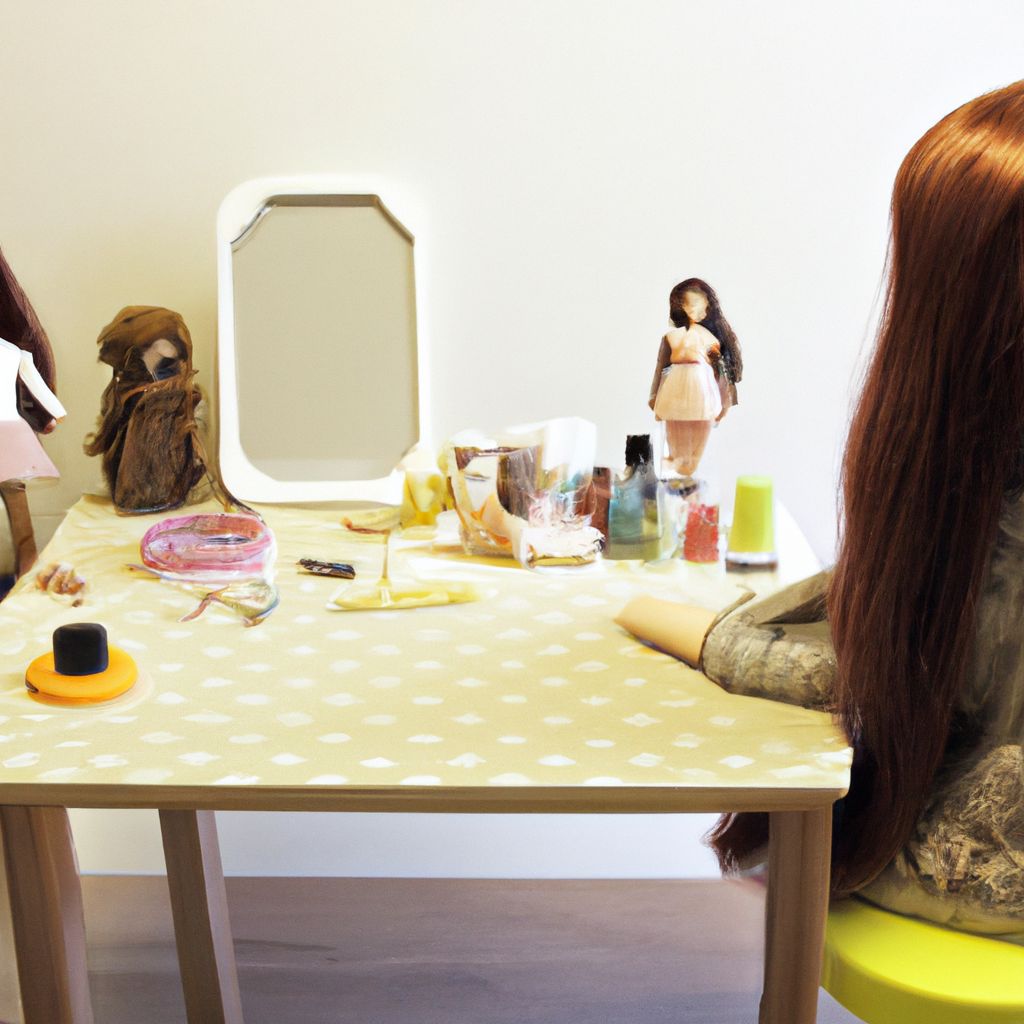
Ready to dive into the world of doll customization? Here's a simple step-by-step guide to get you started. Remember, patience and practice are key, and the process should be enjoyable!
- Choose Your Doll: Start by selecting a doll to customize. Vinyl dolls, such as Barbie or Monster High, are a good choice for beginners due to their durability and ease of modification.
- Plan Your Design: Before you start customizing, have a clear idea of what you want your doll to look like. Sketch out your design and choose your color palette.
- Prep Your Doll: Remove the doll's factory paint with acetone or a similar remover. If you're rerooting the hair, remove the original hair carefully.
- Repaint the Face: Using fine brushes and acrylic paint, begin repainting the face. Start with the eyes, then move on to the eyebrows, lips, and other details. Remember to let each layer of paint dry before adding the next.
- Seal the Paint: Once you're satisfied with the face paint, seal it with a matte sealant to protect your work and give the face a realistic texture.
- Reroot the Hair: If you're changing the hair, thread your chosen hair material through a needle and insert it into the doll's head. Secure the hair inside the head with glue.
- Create the Outfit: Design and sew a custom outfit for your doll. You can also modify existing doll clothes or use miniature clothing patterns.
- Add Finishing Touches: Finish your doll by adding any additional features or accessories. This could include painting shoes, adding jewelry, or creating props.
Remember, doll customizing is a form of art, and like any art, it takes time and practice to master. Don't be disheartened if your first few attempts don't turn out as expected. Keep practicing, experimenting, and most importantly, enjoying the process!
Showcasing Famous Doll Customizers and Their Work
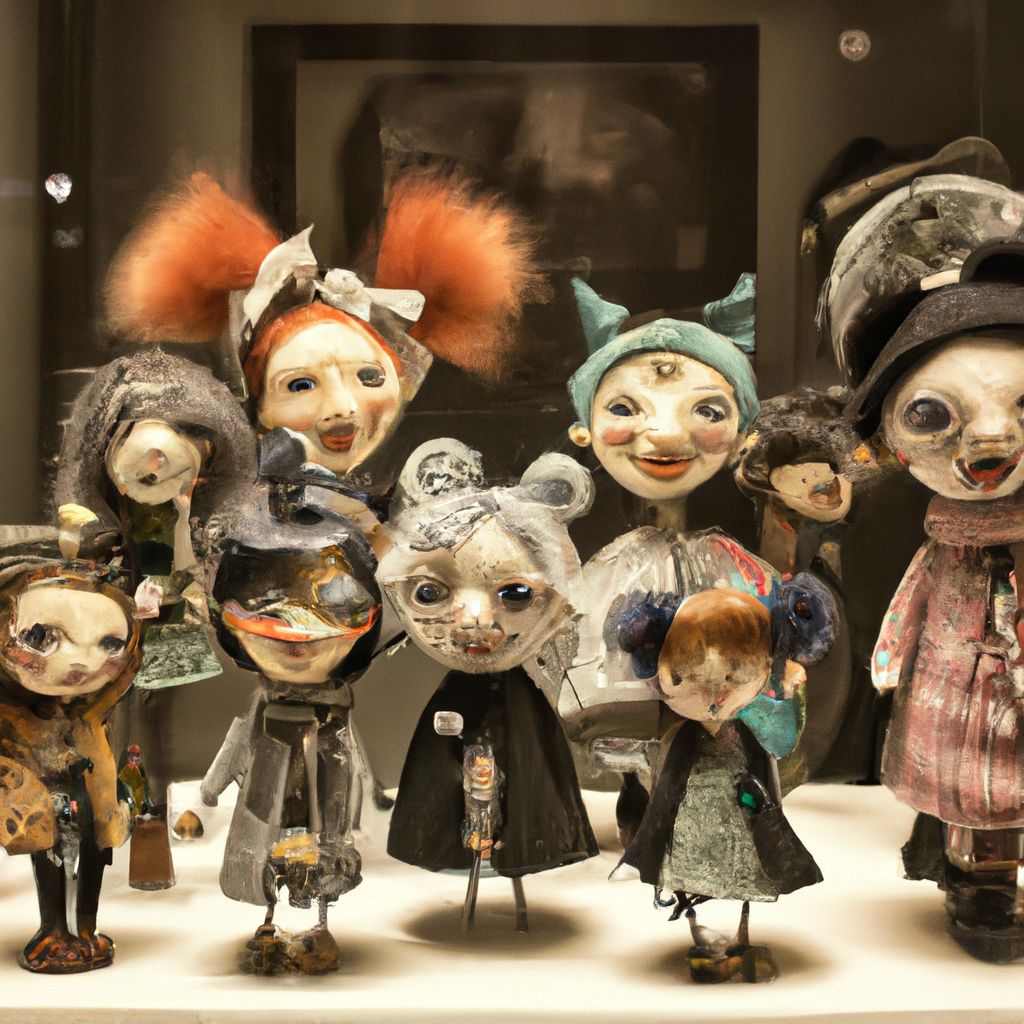
In the world of doll customization, there are many talented artists whose work stands out for its creativity, skill, and attention to detail. These artists have not only created stunning doll transformations, but also inspired countless others to explore this art form. Let's take a look at a few notable doll customizers and their work.
- Marina Bychkova: Known for her brand The Enchanted Doll, Marina creates incredibly detailed porcelain dolls that are a true work of art. Each doll is handcrafted with intricate details, including elaborate costumes, lifelike features, and precious gemstone accessories.
- Elisa Marx: A professional doll artist, Elisa specializes in creating lifelike baby dolls, also known as reborn dolls. Her dolls are known for their realistic skin tones, delicate facial features, and beautifully rooted hair.
- Nicolle's Dreams: Andreja, the artist behind Nicolle's Dreams, is known for her anime-inspired custom dolls. Her YouTube channel, where she shares detailed tutorials on doll customization, has attracted hundreds of thousands of followers.
- Poppen Atelier: This Netherlands-based artist is famous for her custom Monster High dolls. Her creations, which often feature fantasy themes, are admired for their detailed face-ups, creative outfits, and unique hairstyles.
- Hextian: Hextian is a YouTube artist who specializes in customizing dolls into popular characters from movies, TV shows, and video games. His transformations, which involve detailed repaints and hand-sewn outfits, have garnered millions of views online.
These artists represent just a small sample of the incredible talent in the doll customizing community. Whether you're a seasoned doll customizer or just starting out, their work is sure to inspire and motivate you in your own doll customization journey.
Potential Challenges in Doll Customizing
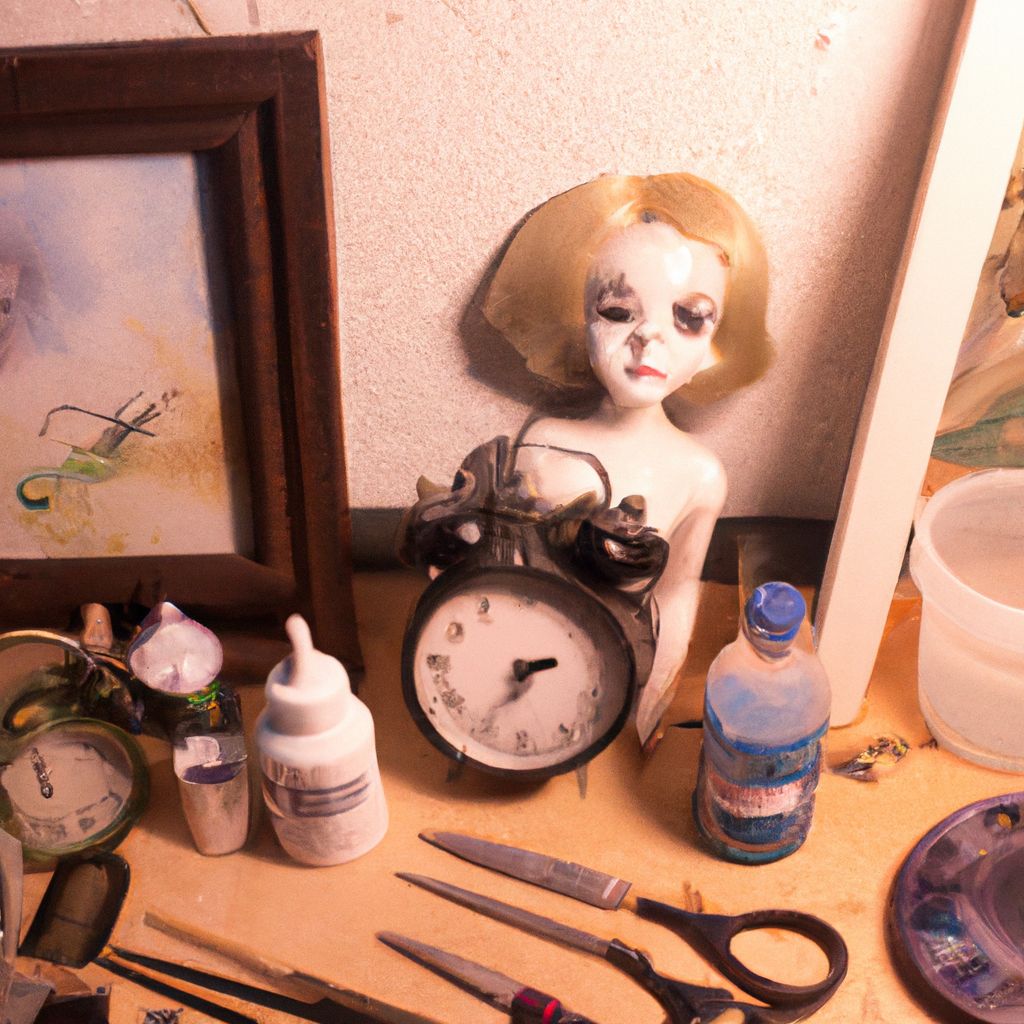
While doll customizing can be a rewarding and enjoyable hobby, it also comes with its fair share of challenges. From mastering the technical skills to dealing with unexpected issues, doll customizers often need to overcome various obstacles. Here are some potential challenges in doll customizing, along with tips on how to address them.
- Learning the Techniques: Doll customizing involves a range of techniques, such as painting, sculpting, rerooting hair, and sewing. Mastering these skills can take time and practice. Don't be disheartened if you make mistakes – learn from them and keep practicing.
- Finding the Right Materials: Not all dolls, paints, and materials are suitable for customization. It can take some trial and error to find the right supplies that work best for you. Research, ask for recommendations from fellow customizers, and be willing to experiment.
- Managing Time: Customizing a doll can be a time-consuming process, especially for complex projects. It's important to manage your time effectively and be patient. Remember, quality takes time.
- Preserving the Doll's Value: Customizing a doll can potentially reduce its original value, especially for antique or collector's dolls. If you're concerned about preserving the doll's value, consider customizing less valuable dolls or make reversible modifications.
- Staying Inspired: Like any creative endeavor, it's normal to experience periods of low inspiration. When this happens, take a break, look for new sources of inspiration, and remember why you love doll customizing in the first place.
Despite these challenges, doll customizing is a highly rewarding hobby that allows you to express your creativity, improve your skills, and create something truly unique. As with any art form, the key to success is patience, practice, and a love for the process.


